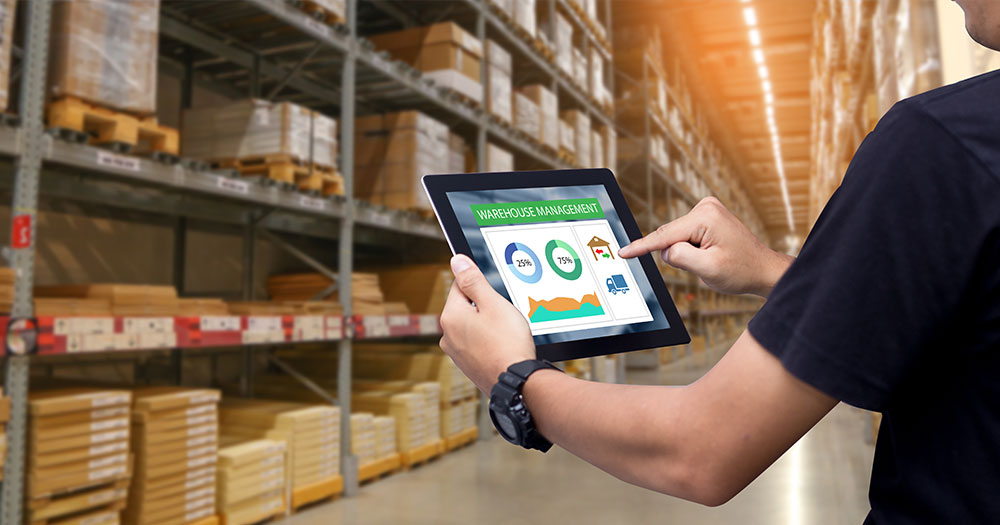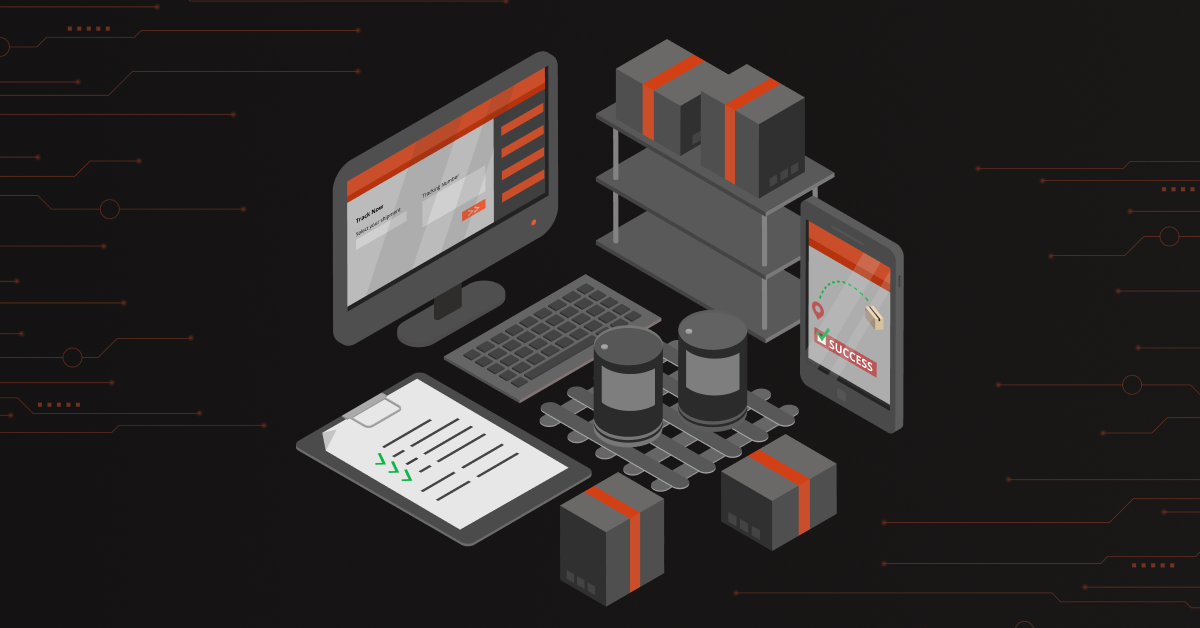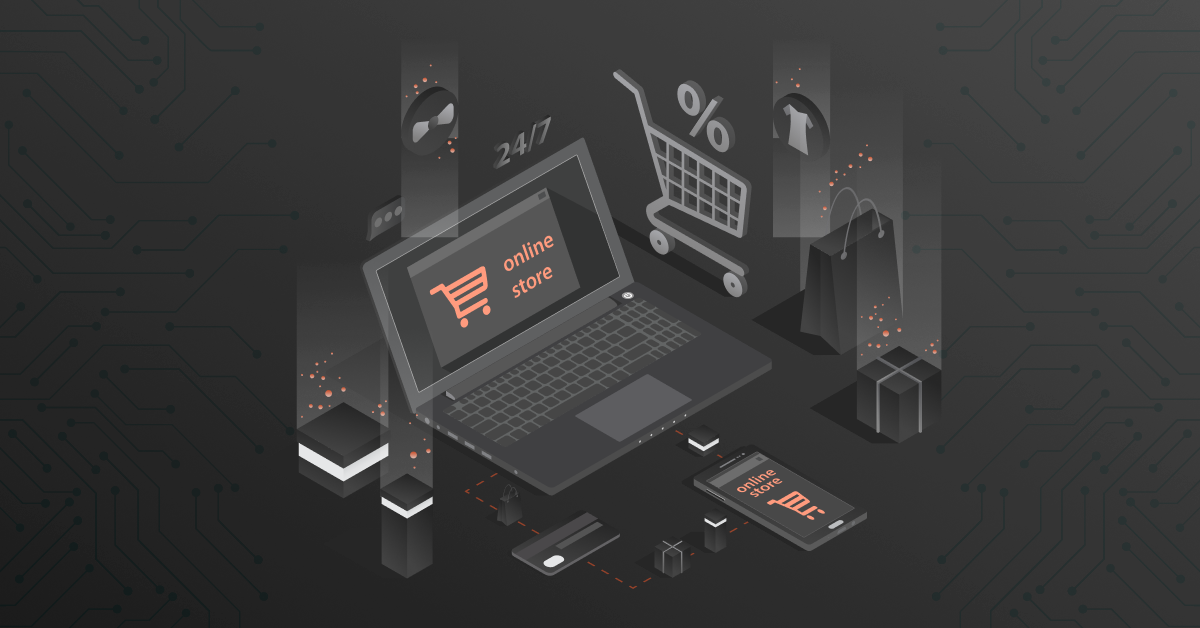Yet another year winds down. But do you want to enter the new year with the same eCommerce pain points or do you want to start afresh by fixing those?
You might go ahead with the same bugs and flaws but your customers may not feel welcomed to your digital store with all those glitches.
With the growing number of B2B buyers being millennials, they have already gotten used to a flawless B2C eCommerce experience and they expect this same smooth ride in B2B sites as well.
As a distributor, if you’re aiming for growth, it’s high time that you fix all your flaws in the backend, frontend, or both. So here are the top pain points that you should definitely avoid in the coming years.
Contents
A Checklist Of eCommerce Don’ts For Distributors
Uncertainty regarding inventory data
Warehouse management and inventory control are key factors that you need to optimize in 2022. The year is expected to see a huge hike in eCommerce sales. So if you are owning both brick-and-mortar and eCommerce stores, keep track of your inventory as you should tackle both offline and online orders. Make sure that your ERP integration is intact to avoid any confusion regarding your inventory data.
Also, avoid the risk of ordering more inventory for which you might already have enough and more stocks piled up in your warehouses. Optimize all your integrations such that all the necessary data is accessible at once. If you have multiple warehouses, the right eCommerce ERP integration will help you monitor the relevant inventory counts to escape any warehouse management woes. A good and timely check on your ERP data should never be ignored while entering into a promising year.

Pricing errors
This is the gravest mistake that you need to stay away from. And you know it too. Managing your pricing in spreadsheets is a big no as it is more likely to make errors through manual entry than an automated ERP integration platform. Entering the pricing information manually in your ERP and simultaneously updating it on your website can be exhaustive if you want to see a major surge in orders.
Manual errors can lead to huge losses in revenue and it’s high time that you rectify all the gaps in your system. Setting up coupons and promotional pricing should also be done with utmost diligence. Keep your data transfer intact between your ERP system and eCommerce storefront with a seamless middleware solution to not fall into the risk of missing data. The right integration solution can save you from any potential financial losses. You can make informed decisions and also be better equipped with providing accurate customer-specific and segment-specific pricing.
Workflow constraints in order management
As B2B eCommerce heads towards the $10 trillion mark in revenue, you can obviously sense the pace at which digital sales are accelerating. At this juncture, losing out customers due to confusion in order processing is the last thing you want. It’s high time that you find better ways to manage orders and related workflows.
Adopt solutions with faster, accurate, and automated integrations to tackle any loopholes in order management. Have better control of your ERP system and get a detailed overview of the order status. If the system is not automated, there are chances of missing order data that you won’t even realize until you get a call from your customers.
So with integrated eCommerce, you can get the data at a glance. As a proper integration platform comes into place, pre-processing the orders becomes much easier and you can even direct the order details to the right warehouse.
Overlooking the latest technology
You might already know how dynamic the eCommerce landscape is. Constant advancements in technology and innovations are at their peaks in recent years and it’s going to catch up pace in 2022. As they improve the deliverance of a better customer experience, you cannot take the risk of ignoring its power since it can affect your customer acquisition rate.
Here are the most basic confusions you can run into due to the lack of timely adoption of integrations and innovations:
- Inadequate inventory control
- Inefficient order management
- Increase in dissatisfied customers and product returns
Going multichannel is one of the strongholds in B2B eCommerce and you cannot taste success without the right technology to back your operations. Shorten the sales cycle with a clear and flexible eCommerce website, providing an unparalleled shopping experience. Gain in-depth knowledge of new eCommerce innovations and adopt them as per your needs before your competitors march ahead of you.

How Automation Overtakes Traditional Legacy System
Over the past two years, B2B customer expectations have seen a sea-change. The way they purchase, the way they search for products have all witnessed drastic changes. Of all the latest innovations, the reliance on convenience has gained the most prominence. And to provide that degree of convenience the B2B eCommerce sphere has been heavily dependent on automation.
There are three main reasons why automation through eCommerce ERP integration has now become the buzzword:
1. Automation streamlines your workflow
Automating your operational workflow is the best way to eliminate the above pain points. The right integration platform or a middleware solution helps you connect all your systems including your eCommerce website, ERP, CRM, PIM, and more for data automation and synchronization.
Unlike the traditional legacy systems where you will be bogged down by manual works, automation helps you save your time and effort. Instead of back-and-forth exchange of data, accelerate your paperwork through smart automation.
2. Cuts down manual errors
Concentrate more on productive work than breaking your heads on the errors that you made through manual data entry. Bring greater efficiency in payment, order processing, and every other data-related work through increasing transparency and ease of operations.
When you accept orders through multiple channels, there are high chances of updating the incorrect order quantity, pricing, delivery details, etc. if done through traditional methods. But integration platforms provide better connectivity and you need not worry about missing or incomplete data. Automatic synchronization of data gives you the ease of just updating the information and it will be automatically updated in all our connected systems.

3. Cost-effective
By increasing the operational efficiency, you can considerably remove the financial burden off your shoulders to a great extent. Remove the manual labor and overhead expenses by eliminating unnecessary touchpoints. Reduce costs relating to staffing and communication through proper automated processes. The right eCommerce ERP integration and punchouts are a win-win for both buyers and sellers in terms of cost-effectiveness.
Wrapping Up
As the new year is about to kick in with bigger opportunities, lure your customers with your perfect eCommerce storefront. Optimize your backend operations for better connectivity between all your systems and incorporate innovations that make your work easy.
Enhance your eCommerce ERP integration with DCKAP Integrator, our integration platform, and let the automated bi-directional data sync do the work for you. Remove all your pain points through this distributor-focused platform, and ensure visibility and accuracy across all your sales channels. With us, be sure to deliver an amazing digital commerce experience to your customers.
Want to know more? Dive in:
A quick guide for ERP eCommerce integration.
Boosting business agility and visibility through ERP integrated solutions.




